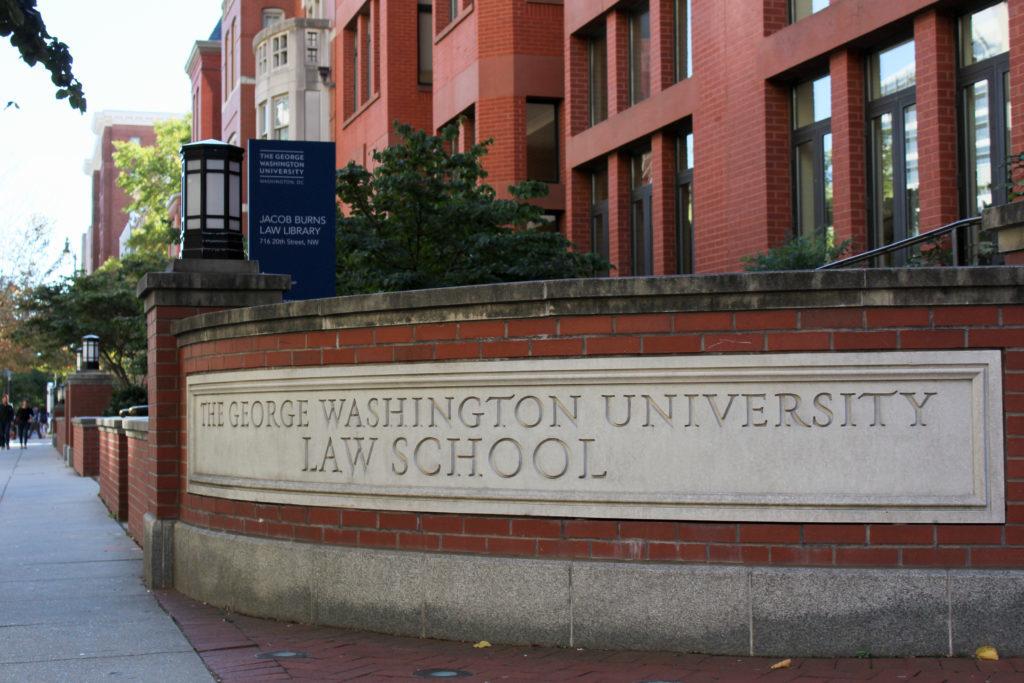As the law school implements several new diversity measures this academic year as part of a University-wide effort, faculty say they haven’t been told anything about them.
Over the past year, the law school has hired new diversity officials, instituted LGBTQ safe zone and implicit bias trainings and allowed students to choose a preferred pronoun and name on the school’s internal class portal, law school spokeswoman Liz Field said. But seven faculty in the law school said they had no knowledge of the new measures and that officials hadn’t informed them of the diversity effort.
The law school’s measures are part of a drive for each of the University’s schools and colleges to focus on boosting diversity and incorporating a broader array of perspectives in the class teachings.
After a campus climate survey last spring found that many students from underrepresented minority groups felt that diverse perspectives weren’t represented in the classroom, the provost’s office mandated that all 10 schools start crafting their own diversity plans by the end of last academic year.
To meet the expectations of the provost’s office, Field said the law school distributed a faculty tip sheet about how to create gender inclusive classrooms and hired a new director for the Dean’s Diversity and Inclusion Initiative, which examines how the law school can become diverse. The school also hired a program director for wellness, diversity and inclusion last year.
Officials started implicit bias training for the school’s career center staff and safe zone training on LGBTQ identities to inform faculty and staff on correct terminology in referring to students and how best to maintain an inclusive classroom.
“GW Law is committed to uphold the core values of diversity and inclusivity and we take this charge and commitment very seriously,” Field said in an email.
Field said GW Law School Dean Blake Morant planned to launch a diversity council and appoint its first members by the end of the year, a step other schools have also taken in an attempt to boost diversity.
She said faculty may not be aware of these initiatives because the diversity council had not yet been fully formed and the law school’s plan had not been formally submitted to the provost’s office. The school would submit proposals outlining the school’s future diversity goals, but did not specify when, she said.
Field declined to say when the initiatives were implemented or what issues or aspects of diversity each initiative aimed to address.
In 2016, about 12 percent of the law school’s students were international, about 3 percent were Hispanic, about 8 percent were black, about 12 percent were Asian and roughly 12 percent were of unknown race or ethnicity. The white student population of the law school has decreased by about 10 percent since 2011, down to about 51 percent in 2016.
Despite the new diversity measures, faculty in the school say they weren’t informed. The Hatchet contacted every faculty member in the law school, seven said they haven’t heard about the initiatives or been affected by the diversity proposals, and the rest either didn’t respond to a request for comment or declined to comment.
Michael Selmi, a professor of law with an expertise in employment discrimination, said faculty had not been informed about any of the diversity proposals that had been implemented.
“We have not been told any of that,” he said. “I have certainly not been included in these groups.”
Selmi said he would support programming to increase diversity within the school, but initiatives like implicit bias training may not be very effective based on his own research on the subject, which indicated that implicit biases were not as pervasive as originally thought.
“I am not a huge fan of implicit bias training. I am certainly a fan of anti-discrimination training and efforts to be more inclusive especially in respect to LGBT individuals, but the implicit bias training I think has come off the rails a little bit,” he said.
The law school has sought to become more accessible in recent years as law schools across the country have struggled to fight a declining interest from applicants. Last admissions cycle, the school dropped its application fee for first-time applicants in part to increase diversity.
Sean Winker, the president of the Student Bar Association, said he was aware of some of the initiatives and that his organization would support them in any capacity that it could.
“For us as students and future lawyers, it’s an important part of our professional development to understand different points of view regardless of the culture or affiliation that they come from,” he said.
Winker said since the proposals had been implemented, he had seen more posters in the professors’ offices advertising their office as a safe space, meaning that students could feel free to voice their ideas and opinions.
“I think the law school has traditionally been leading in the area of understanding adversity,” he said. “We appreciate that they want to do more and we support them in that.”
Lori Lorenzo, the program director for the Leadership Council on Legal Diversity, an organization that seeks to empower diverse lawyers, said the diversity measures at the law school would be a step in the right direction, creating a more knowledgable and understanding faculty and potentially attracting more diverse candidates to the school.
Lorenzo said safe zone training in particular would be beneficial to schools at the University because it educates faculty on how to address students with their preferred pronouns, helping to create a more inclusive environment.
“I think in the very minimum, safe space workshops or trainings help people become better acquainted with vocabulary but also the social context in which people experience their surroundings,” Lorenzo said.
Liz Konneker contributed to reporting.





